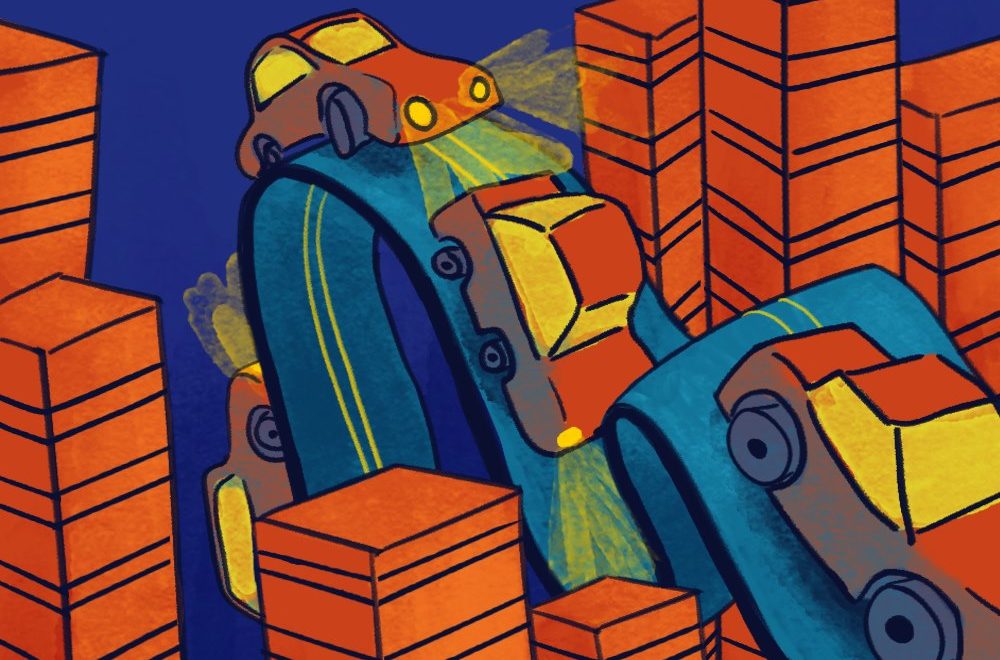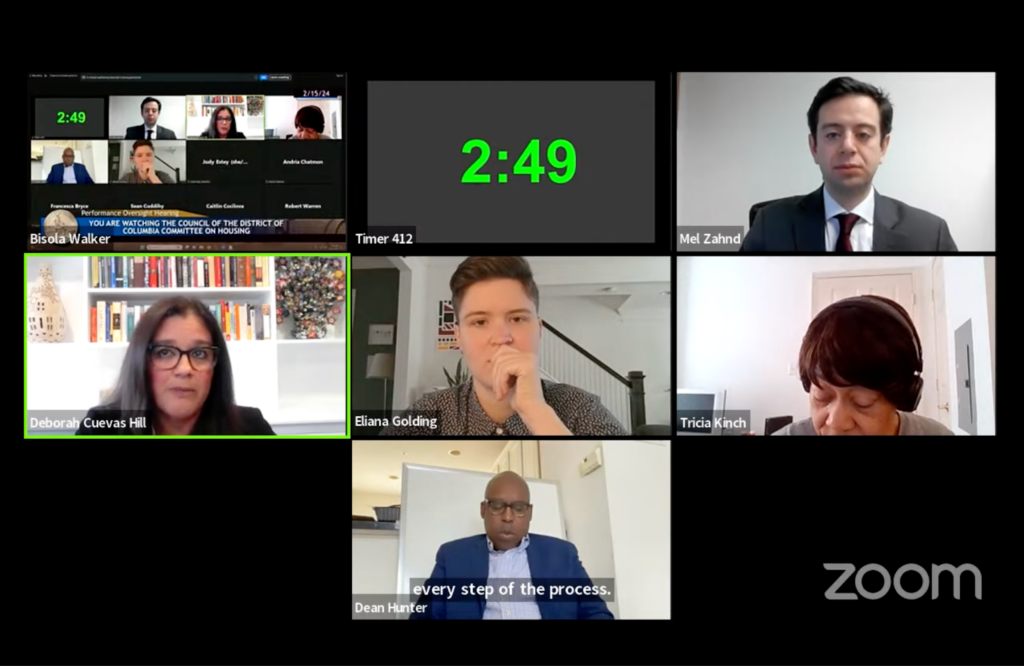This column was first published by the nonprofit blog and advocacy organization Greater Greater Washington on May 16.
Walk through downtown Washington, D.C. these days, and it looks like we’re in a construction boom. Cranes tower in the background of Nationals Park. The Wharf has transformed from a low-key fish market and marina into a forest of high-rise hotels, apartments, and chic eateries. New townhouses are sprouting like mushrooms from Fort Totten to College Park to Fredericksburg, VA. So with all this new development, housing should be abundant and cheap, right?
Not exactly. Our new report shows that, over the past 20 years, the region added almost twice as many people as housing units. As in many parts of the U.S., housing prices have been rising faster than income – a predictable outcome of housing demand outpacing supply. The amount of housing that has been built, and in which parts of the region, have profound implications for housing affordability and the region’s economic vitality.
D.C.’s gentrification sparks more conversation, but the exurbs are getting more (housing) action
Despite the flurry of cranes in downtown D.C., the exurban jurisdictions collectively have built more than twice as many housing units as the region’s inner core (Figure 1). Between 2000 and 2017, Loudoun County–population just under 170,000 in 2000 – built almost as many homes as the District and Arlington County put together (combined initial population of 760,000).

While there are many reasons why jurisdictions grow at different rates, these patterns have important consequences for the region overall. Notably, building housing farther away from the region’s largest employer – and in locations not served by Metrorail – contributes to increased traffic congestion and negative environmental impacts.
The reported death of the single-family house has been greatly exaggerated
Millennials may or may not have killed off mayonnaise, golf, and sex, but they haven’t wiped out single-family homes. Nearly two-thirds of homes built since 2000 are single-family structures (both detached homes and rowhouses). That’s almost exactly the same share single-family homes that existed in the Washington region in 2000.

The type of structures built have clear implications for housing affordability. Because single-family homes use more land per housing unit than apartments in multifamily buildings, they are more expensive to rent or buy.
Not all the region’s jurisdictions are building the same type of housing, of course. Among the inner core – the District, Arlington County, and Alexandria – single-family homes make up less than one-quarter of newer housing. More than half the new homes built in Fairfax, Montgomery, and Prince George’s Counties are single-family, and the exurban counties built almost exclusively single-family homes (additional figures in the full report).
It’s not your imagination: Housing has become much more expensive
Housing values in the Washington region have been rising faster than incomes for most of the last 20 years, with a brief respite during the Great Recession (Figure 3). From 1980 to 2017, real median incomes rose by 30% while median home values rose by more than 50%. Perhaps not surprisingly, the region has some of the highest home values relative to income in the country.
Across the U.S., median housing values are roughly three times median income. But in the Washington region, most residents live in jurisdictions with housing values more than five times median income. While rising home values are generally good news for homeowners, they create financial stress on renter households.

Too little housing at too high a cost poses economic risks for the region
Expensive housing isn’t just a problem for individuals and families who are struggling to cover expenses. Problems in housing markets have broad impacts on the regional economy. Employers in high-cost regions have difficulty attracting and retaining workers, especially younger workers who are more likely to be renters.
Because renters are, on average, lower-income and more racially diverse than homeowners, rising housing costs have regressive economic impacts as well. The spatial patterns of housing growth in the region – more construction in the exurbs – means that workers who stay spend more hours sitting in traffic to drive long distances. Commuting is neither productive nor pleasant, and comes at the expense of time spent with family or friends. Building most housing in locations not served by transit also has negative environmental impacts.
Decisions about how much housing can be built where are generally made by each local government, acting independently of their neighbors. But the impacts of these decisions affect all residents of the region – residents, employers, and their elected officials. We can’t afford another 20 years of sprawl and worsening affordability.








